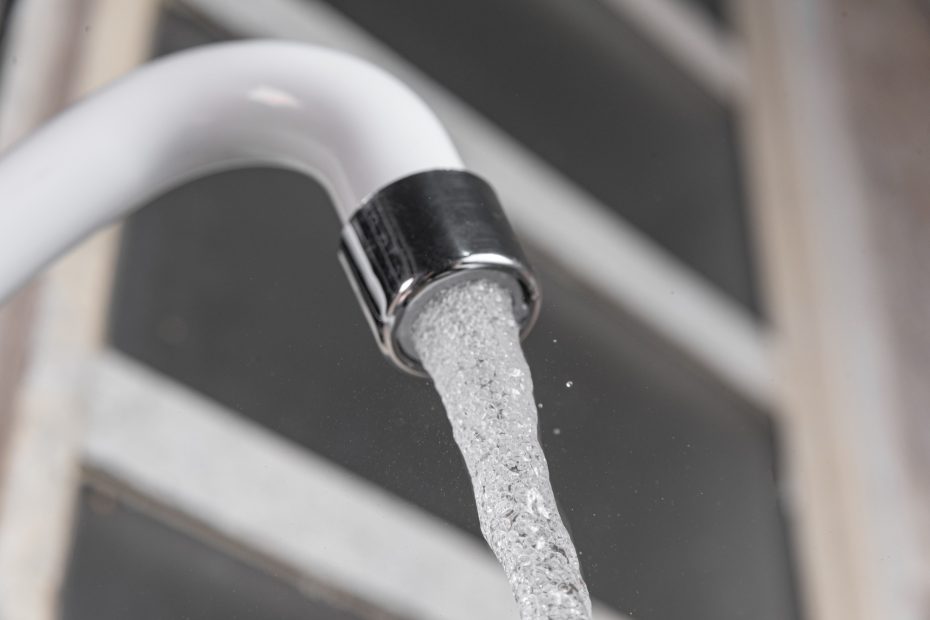As the City of Morden enters a moderate drought stage, there’s no better time to think about water conservation at home. One easy way to reduce your water usage and play your part in conserving our community’s water supply is to install low-flow fixtures, including faucets, showerheads, and toilets. In this blog post, we’ll explore the benefits of using low-flow fixtures and guide you through the steps to select and replace them.
What are Low-Flow Fixtures and How Do They Work?
Low-flow fixtures, including faucets, showerheads, and toilets, are designed to limit the water that flows out while maintaining the same water pressure as standard fixtures. They achieve this by using flow restrictors, aerators, or dual flush mechanisms, which mix air with water or allow users to choose between different flush volumes, reducing the overall water consumption.
Why Use Low-Flow Fixtures?
Using low-flow fixtures has several benefits, including:
- Water Conservation: Low-flow fixtures help conserve water by reducing the amount of water used per minute.
- Money Saving: By using less water, you’ll reduce your water bill, giving a welcome relief to your pocket.
- Environmental Protection: Conserving water through using low-flow fixtures reduces the load on water resources and protects aquatic life in nearby rivers and lakes.
- Increased Home Value: Installing low-flow fixtures is an easy and affordable upgrade that could increase your home’s value and curb appeal.
How to Find Out if You Have Low-Flow Fixtures
There are two primary ways to find out if you have low-flow fixtures:
- Check for Water Efficiency Labels: Look for water efficiency labels or certifications from Canadian authorities. In Canada, the most common certification for water-efficient products is the “WaterSense Canada” label. Faucets, showerheads, and toilets with this label meet the water efficiency standards set by Canadian authorities.
- Check Fixture Specifications: Water-efficient fixtures in Canada often have specific flow rates. Ensure that the flow rates align with Canadian water efficiency standards:
- Faucets: 1.5 to 2.0 litres per minute (L/min)
- Showerheads: Varies, but around 6 to 9 L/min is common
- Toilets: Dual flush or low-flow options with reduced gallons per flush (GPF)
- Consult Manufacturer Information: Check the documentation or labels provided by the manufacturer for information on water efficiency. Manufacturers often include details about the flow rate and water efficiency of their products.
- Consider the Age of Your Home: If your home is relatively new, there’s a likelihood that it may have been built with water-efficient fixtures.
How to Select Low-Flow Fixtures
When selecting low-flow fixtures, consider the following:
- Faucets: The ideal flow rate for a bathroom faucet is between 1 and 1.5 gpm, and for a kitchen faucet, it’s between 1.5 and 2.2 gpm.
- Showerheads: Look for a flow rate between 6 and 9 L/min for water efficiency.
- Toilets: Opt for dual flush mechanisms or low-flow options with reduced GPF.
Additionally, consider features such as ceramic disk valves for faucets, and choose fixtures that match your bathroom or kitchen decor.
How to Replace Your Fixtures
Replacing your fixtures with low-flow options is relatively easy and requires some basic plumbing knowledge. Here’s how to do it:
- Turn off the water supply to the fixture.
- Uninstall the old fixture using appropriate tools.
- Install the new fixture following the manufacturer’s instructions.
- Turn on the water supply and check for leaks.
Using low-flow fixtures, including faucets, showerheads, and toilets, is an easy and effective way to conserve water and save money. By following our guide on how to select and replace your fixtures, you’ll be well on your way to reducing your water consumption and making a positive impact on our community’s water supply. Join us in our water conservation campaign, and remember, every drop counts!
